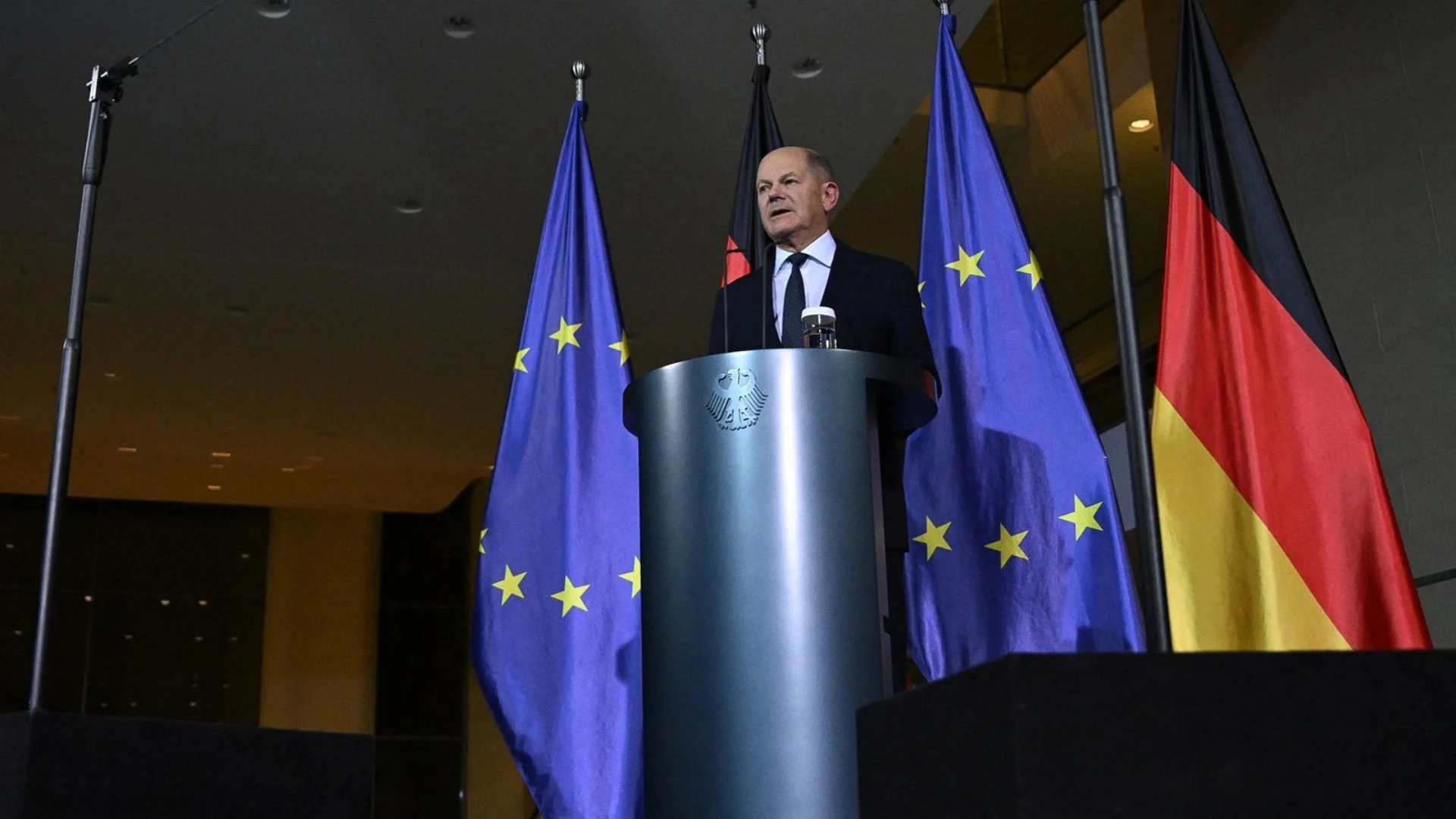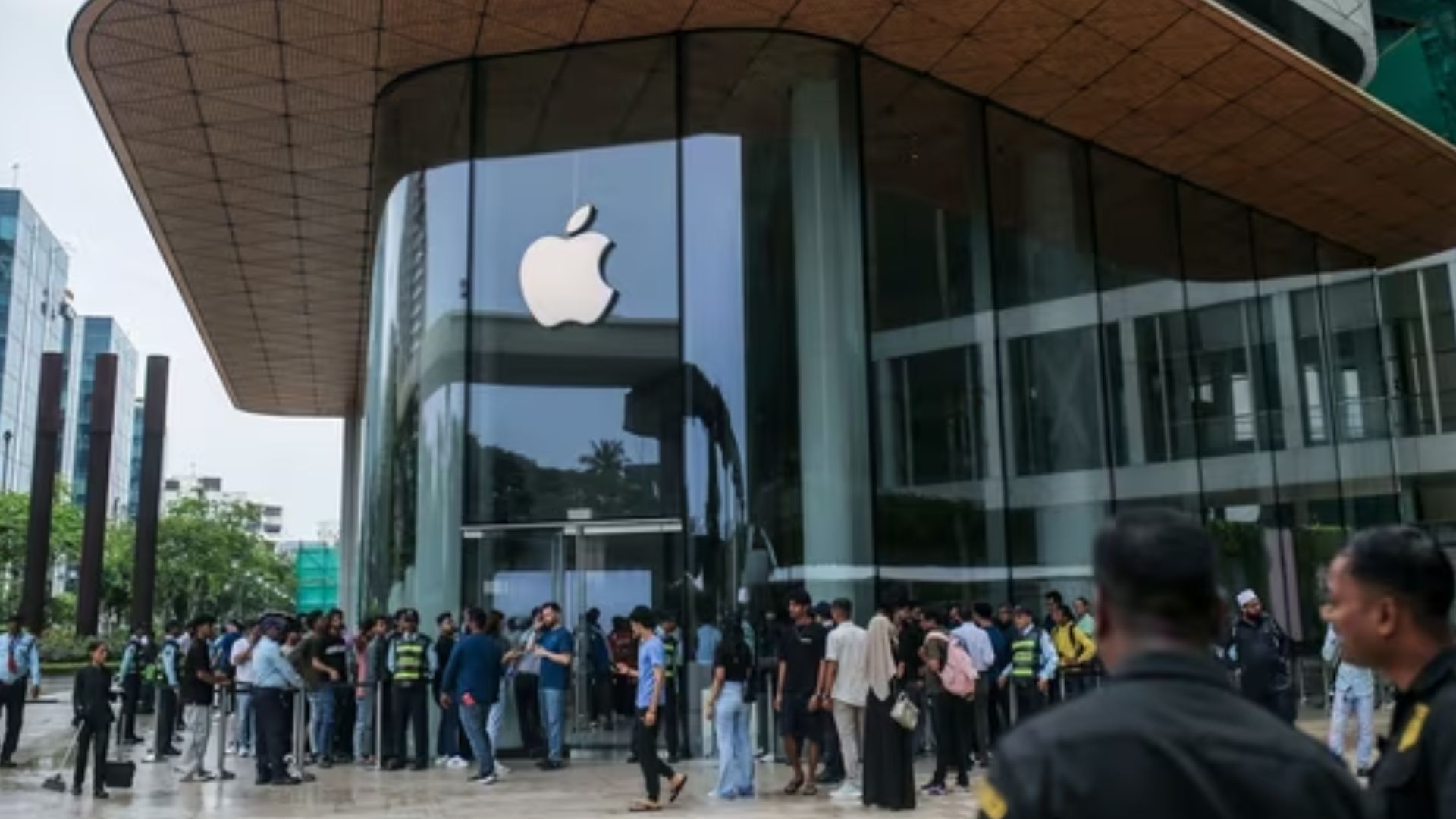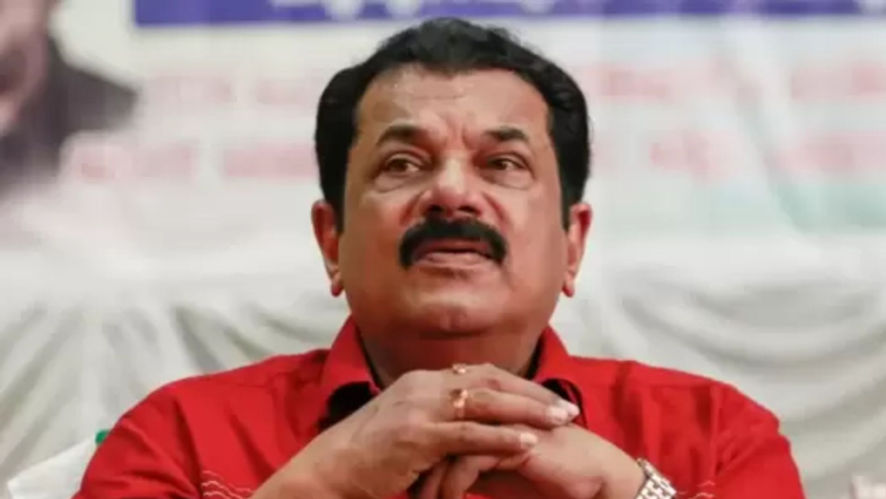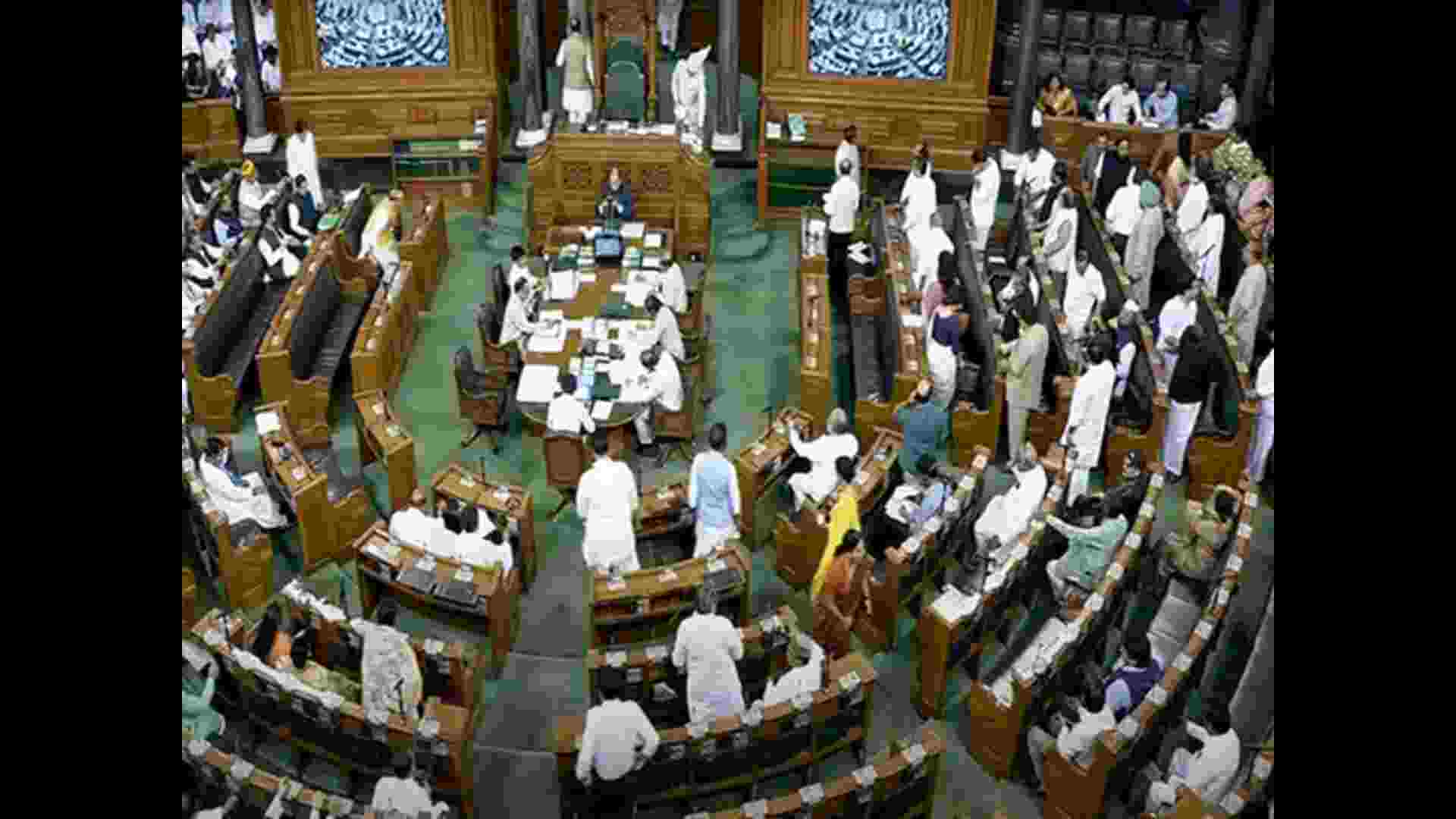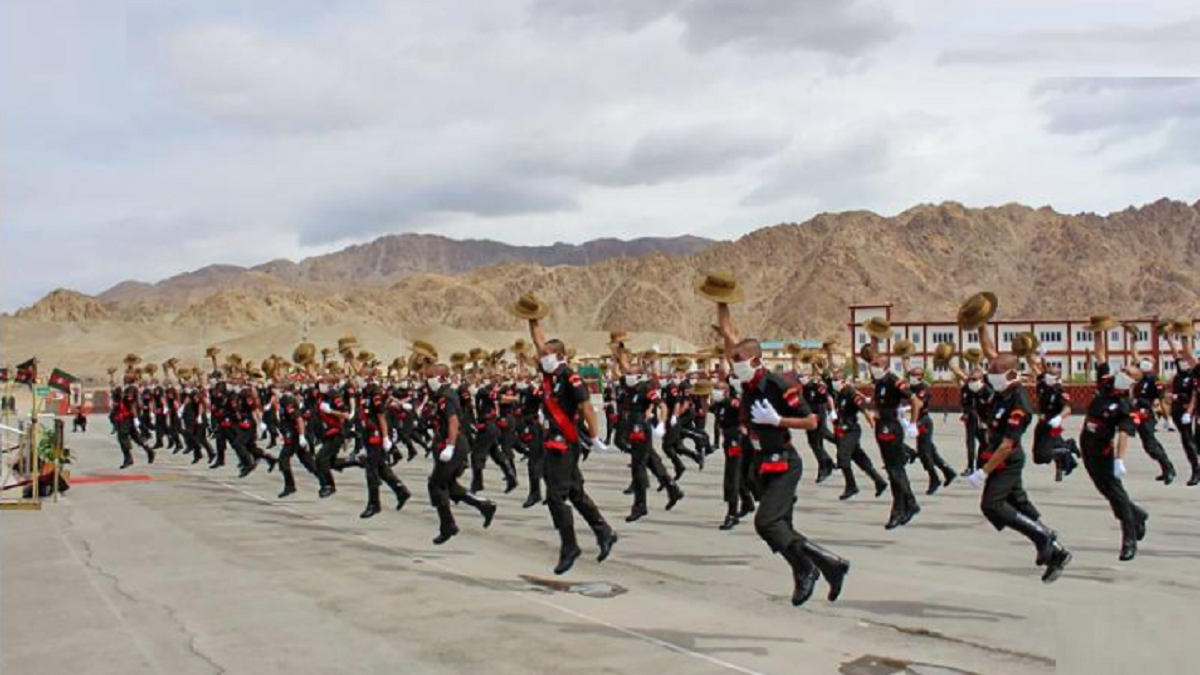
The Indian and the Chinese military have agreed to disengage after the 11-hour-long Corps Commander level talks on Tuesday, government sources. The dialogue, they say, was held in a cordial, positive and constructive atmosphere and there was a “mutual consensus to disengage”.
“Modalities for disengagement from all friction areas in Eastern Ladakh were discussed,” they added.
The corps commanders of two countries’ military met at Moldo on Monday to resolve the border issue and ease tension in Eastern Ladakh. This is the second such meeting after the first one on 6 June defuse the tensions in eastern Ladakh.
The meeting between 14 Corps commander Lieutenant General Harinder Singh and South Xinjiang Military District chief Major General Liu Lin happened on the lines of the one they held at the Chushul-Moldo border personnel meeting (BPM) point in eastern Ladakh on 6 June.
Before this, Major General level dialogue took place for three consecutive days after the barbaric attack at patrolling point 14 in Galwan Valley on 15-16 June night where 20 Indian soldiers were killed. The three talks were to ease out the tense situation and to get released 10 Indian soldiers, including four officers, who were in Chinese captivity.
The clash occurred at the South bank of Galwan river, which flows in an east-west direction before its confluence with Shayok river, in which 20 Indian soldiers were killed. It is the first casualties faced by Indian Army in a clash with the Chinese People’s Liberation Army since 1975 when an Indian patrol was ambushed by Chinese troops in Arunachal Pradesh.
China’s PLA troopers “savagely attacked” Indian Army personnel, according to sources in the government with knowledge of the details of the June 15-16 night clashes between the two army soldiers. “The numbers were stacked up against the Indian Army troopers. Yet, the Indian side decided to fight the PLA troopers. The Indian soldiers were outnumbered 1:5 by the Chinese troopers,” the sources told IANS on Wednesday.
China is also said to have used thermal imaging drones to trace the Indian Army soldiers scattered on the treacherous terrain before brutally attacking them. “It was the deadliest attack carried on Indian Army personnel by the Chinese military personnel to our memory,” the government sources said.
With agency inputs

